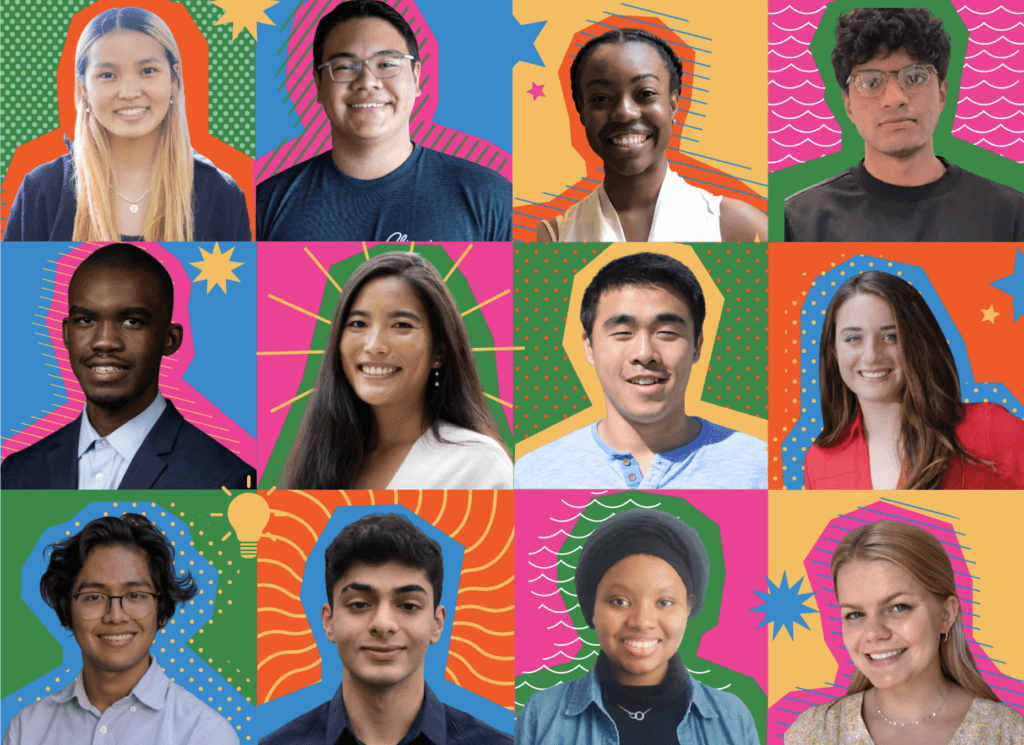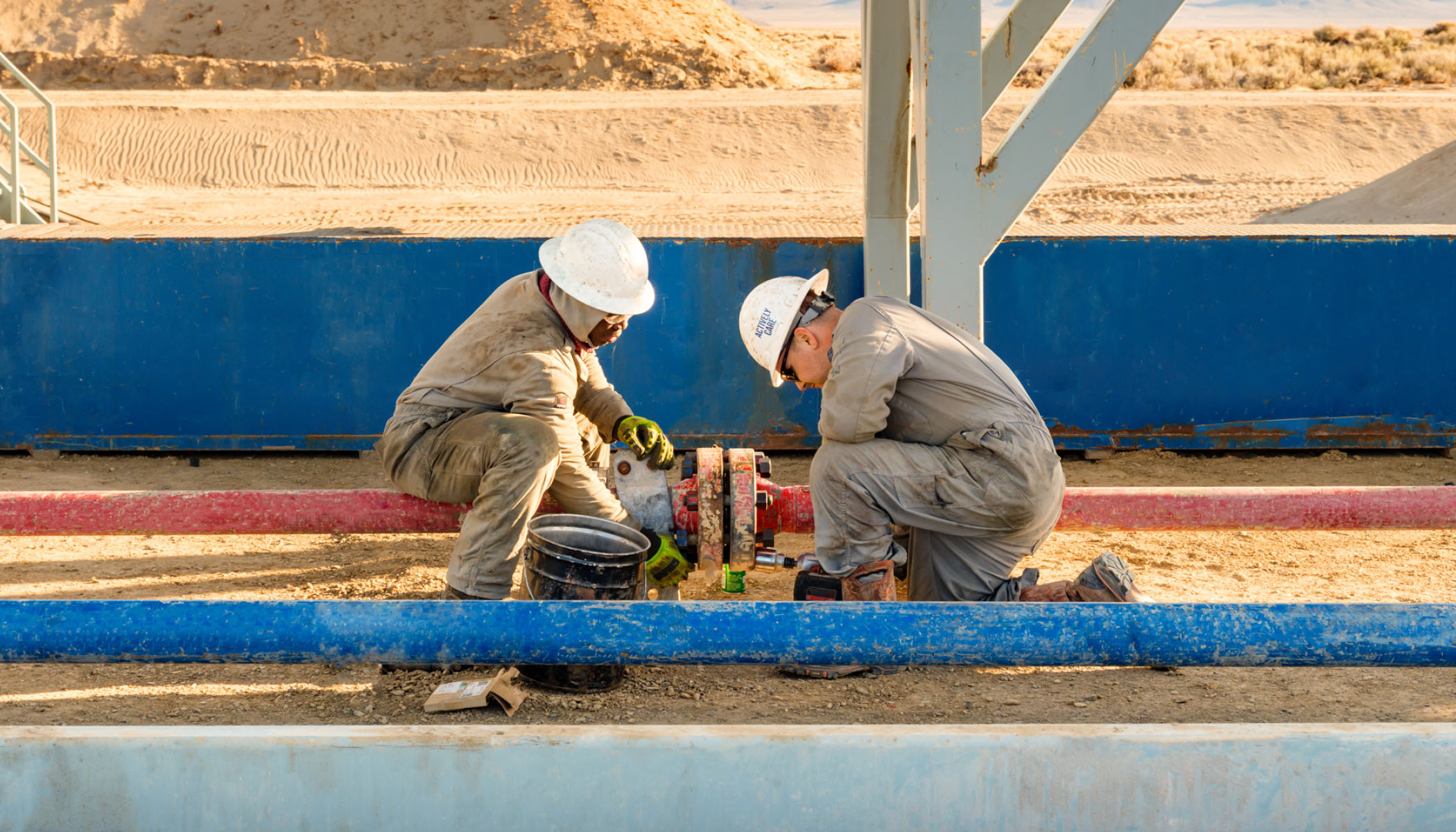Sep 27, 2023 · 8 min read
Embedding Equity Into Climate Solutions
Sara B. Chandler, who leads the Equity & Access program at Elemental Excelerator, shares why she works to center the needs and priorities of frontline communities in addressing climate change.

Sara Chandler has had a passion for protecting the environment for as long as she can remember.
Growing up in Houston, Texas, she experienced what it is like to be part of a frontline community that experiences the most immediate and worst impacts of climate change.
Now, after years of working on environmental equity law, policy and project deployment, Chandler is the managing director of equity and access at Elemental Excelerator — a nonprofit investor in climate technologies with deep community impact.
Since its founding in 2009, Elemental has supported more than 150 companies working to advance market-driven solutions to climate change — from scaling affordable geothermal power to converting carbon dioxide into usable materials.
In her role at Elemental, Chandler creates frameworks and tools that help climate startups embed equity into their business operations and promote prosperity for frontline communities.
We spoke with Chandler to learn more about what it’s like to work in climate equity and the positive impacts of this work.
This interview has been edited for length and clarity.
What is environmental equity and how does it relate to climate change solutions?
Environmental equity is both a concept and a practice for anyone working on solutions to climate change. It is an acknowledgment that there have been systems in place that have unfairly burdened certain people, primarily people of color and people living in low-income communities.
Because of the compounding impacts of systemic barriers, injustice, and a lack of opportunity in those communities, there is now a need to intentionally design and center them in any solution for climate change. In this way, we are not only addressing the history and legacy of injustice, but we’re also giving ourselves the best chance to solve for climate change — by understanding people who are impacted the most by it.
To do climate equity work, you have to be intentional in making things inclusive so that people who traditionally have been excluded have an opportunity to engage and solve — and ideally thrive in new solutions and new forms of infrastructure, policies, programs or technologies.
How does environmental equity relate to carbon dioxide removal?
Environmental equity is important in the context of carbon dioxide removal (CDR) because it represents a great opportunity to bring forth the technology through a new approach — one that centers traditionally excluded folks and brings them into how these technologies are created and what they are meant to achieve.
It also means potentially leveraging carbon dioxide removal technologies in places where they could be most beneficial in removing carbon dioxide from the air. Achieving this requires conversations and actions that represent transparency and meaningful ways of engaging communities. This sector could greatly benefit from sector-wide standards and principles for equity and justice with accountability from funders and customers.
We’ve been able to dig into equitable CDR deployment through our partnership with CZI. CZI’s support has allowed the Elemental team to sit down with our portfolio companies as they plan to pilot their carbon removal technologies or build their first facilities — many in frontline communities. We are embedding equity frameworks early with these companies and coaching them around community engagement to be sure community concerns are informing the scope of CDR projects and also prioritizing potential new projects that demonstrate co-benefits, like local wealth building, community ownership and job creation.
What brought you to the climate space both professionally and personally?
I realized — and I think this is the case with a lot of people who work on climate equity — that my whole path led me to this work.
I’m from Houston, Texas. My dad worked in oil and gas for over 30 years. I’m the product of a frontline community that has been hit by multiple hurricanes and climate disasters. I’ve been impacted by everything that I work on. That’s why I’m in this field.
Growing up, I was that kid cutting out the plastic around the soda can so I didn’t choke fish. I was also the kid who was subject to racism and racial segregation in a place with many environmental climate disasters in its future.
Knowing your story and feeling confident in articulating it is just so important. So many other people are experiencing it, too.
What are you working on at the moment, and what do you hope to accomplish?
I lead the Equity & Access program at Elemental Excelerator, and we are closing out the third year of our Empowering Diverse Climate Talent program. We host this internship program in partnership with the Clean Energy Leadership Institute and FutureMap. Through this program, we provide a curriculum for employers in the climate ecosystem and interns who are new to the climate workforce. We work to create a duality of both a safe space for employers to create and work on inclusive company practices and foster a fulfilling experience for the interns they host. We also facilitate networking, relationship building, and learning of technical and soft skills around climate and workforce.

Through this program, we hope to build an open and strong network of people who understand that a job in climate is something that’s not only attainable but can benefit from their lived experience and passion. We also work to build a network of people who are supporting each other, learning together, and working with a growth mindset that affirms that bringing your lived experience to climate work is why you’ll be successful in the space.
What gives you hope as you work to address the disconnect between climate innovation and the people and communities most vulnerable to climate change?
We are taking on this challenge that is difficult and draining at times. But the more you do that with people who are rolling up their sleeves with humility and the will to make progress — even if progress is slow or difficult — the more hope it gives you. Funders like CZI, who intentionally lean in with partners and give us space and time to truly incorporate community voices into climate solutions, make this much easier.
What also gives me hope is seeing folks who have been traditionally excluded be more willing and open to sharing their voices and seeing folks who have been raising their voices for a very long time get the investment and leadership roles that they deserve.
What is one of the most interesting things you have learned in your field?
The most interesting thing about climate equity is that it sits at the intersection of history, culture, race, law, policy, community, and corporations — so many big systems in our culture and society that give you the opportunity to think with a systems-change lens. In order to do that, you really have to know who you are because your experience within those systems matters.
That’s endlessly fascinating to me. I don’t know what other sector there is where you can bring an intersectional lens and your identity to it and understand that as real data for the solutions you’re working on.
What advice do you have for anyone interested in following a similar career path?
I’m just so inspired by the generation that’s currently entering the workforce, particularly by how interdisciplinary and intersectionally they think and approach things. I’m also inspired by how much knowledge they have and how clear systems are to them at this point in their careers.
Knowing and articulating your story — having the space and self-awareness to do that — and being able to bring that to your work, along with your lived experience, is central to working on climate equity. That’s something that can keep you grounded when you’re entering rooms for the first time, having conversations for the first time, and even trying to solve things that people have been trying to solve for a really long time.

What books, podcasts or articles would you recommend to people interested in learning more about advancing equitable climate change solutions?
Here are a couple of resources to dive deeper into climate equity:
- Elemental Excelerator’s resource guide: So you want to work in climate?
- People Over Plastic podcast
- This Changes Everything by Naomi Klein, Pedagogy of the Oppressed by Paulo Freire and Revolutionary Power by Shalanda Baker
Learn more about our commitment to helping solve the climate crisis.
At CZI, we support Elemental Excelerator and many other organizations using equitable and just approaches to advance solutions to climate change, including Global Ocean Health, Our Climate and Youth on Root. Read more about our climate investments.





